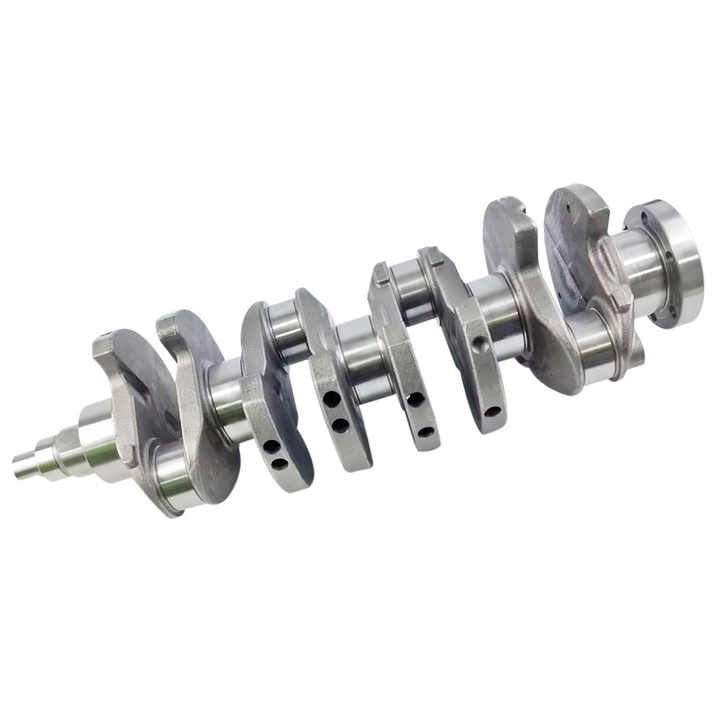Unlocking Engine Performance: Racing Crankshafts
Have you ever wondered what sets apart high-performance engines from their stock counterparts? One crucial component is the crankshaft. Racing crankshafts, specifically designed for enhanced performance, can significantly improve your engine's power output and durability. In this guide, we'll dive into the world of racing crankshafts, exploring their benefits, materials, and selection criteria.
The Importance of Crankshafts
The crankshaft is the heart of an engine, converting linear motion from the pistons into rotational motion that drives the vehicle. A high-quality racing crankshaft can handle increased stress and higher RPMs due to its superior design and materials. This translates to more horsepower and torque, making it a must-have upgrade for any performance build.
Choosing the Right Racing Crankshaft
When it comes to selecting a racing crankshaft, there are several factors to consider. These include your engine type, intended use, and budget. Let's take a closer look at each aspect.
Engine Type
Different engines require specific crankshaft designs to ensure optimal performance. For example, inline engines typically use a single-plane crankshaft, while V-style engines often feature a dual-plane design. Consult your engine's specifications or consult a professional to determine the best crankshaft for your setup.
Intended Use
Your intended use for the vehicle will also influence your crankshaft choice. Racing applications demand lightweight, strong materials to withstand high RPMs and increased stress. On the other hand, street-driven vehicles may prioritize durability and reliability over outright power.
Budget
Racing crankshafts vary in price, depending on their materials and manufacturing processes. While forged steel crankshafts offer excellent strength and durability, they tend to be more expensive than cast iron variants. Establishing a budget early in the selection process can help narrow down your options.
Materials and Manufacturing Processes
Understanding the various materials and manufacturing processes used in racing crankshafts can help you make an informed decision. Here are some common materials and processes you'll encounter:
Optimizing Your Engine's Performance
Once you've selected the perfect racing crankshaft, there are several additional steps you can take to optimize your engine's performance:
- Balancing: Ensure your crankshaft is properly balanced to reduce vibrations and improve durability.
- Lightening: Removing excess material from the crankshaft can reduce its weight, allowing for quicker acceleration and higher RPMs.
- Stroke and Displacement: Adjusting the crankshaft's stroke or the engine's displacement can significantly impact power output. Consult a professional to determine the best configuration for your application.
In Conclusion
Upgrading to a racing crankshaft is an excellent way to unlock your engine's true potential. By understanding the various materials, manufacturing processes, and selection criteria, you can make an informed decision that best suits your needs. So, what are you waiting for? Start exploring the world of racing crankshafts today and experience the thrill of enhanced engine performance.




